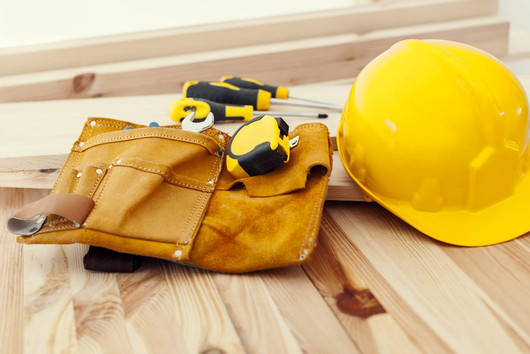Water damage can severely compromise a building’s stability and condition, which is why waterproofing is vital in the maintenance of any property. From leaky basements and damp walls to deteriorating roofs, water damage easily becomes a costly problem. This article explores the significance of waterproofing, detailing its methods and emphasizing why it’s an indispensable aspect of any home.
WHY IS WATERPROOFING IMPORTANT?
A critical aspect to consider is that moisture compromises the integrity of building materials, diminishing the overall longevity of the structure. Effective waterproofing plays a crucial role in preventing water ingress, thereby maximizing the operational life of interior spaces and enhancing comfort. Simply put, waterproofing contributes to the prolonged durability of essential materials such as iron, concrete, paint, wood, and others.
The presence of moisture within a building can result in temperature fluctuations, making the environment less comfortable and causing HVAC systems to work harder. This heightened energy consumption adds to utility bills. Choosing a more water-resistant building proves to save substantial energy in the long run, making it a cost-effective measure.
Among other risks, when water infiltrates and comes into contact with exposed wiring, it can create safety hazards that could lead to fires or electrocution. Persistent stagnant water and excessive dampness foster mold growth, posing respiratory and other health risks.
Water-induced damage can financially burden individuals with repair costs, especially if the issue is not identified early on. Often, seepage goes unnoticed until it escalates into a significant problem. Rectifying the damage and implementing superior waterproofing solutions come at a high cost, and the property’s value is likely to depreciate due to the impact of moisture damage.
METHODS OF WATERPROOFING:
Surface Coatings:
Applying waterproof paints or sealants to surfaces forms a protective barrier against water. People commonly use these for roofs, walls, and concrete surfaces.
Membrane Waterproofing:
Applying waterproof membranes, typically consisting of bitumen or synthetic materials, onto surfaces is known as membrane systems. These membranes create a protective layer that prevents water from seeping through.
Cementitious Waterproofing:
Cementitious waterproofing stands out as a prevalent and cost-effective waterproofing technique employed in construction projects. The materials for this method are easily accessible and can be effortlessly mixed and applied.
This practical technique can be used on various surfaces to create a waterproof barrier. Cementitious waterproofing is often used on concrete structures such as basements, foundations, retaining walls, and concrete roofs to prevent water infiltration.
Liquid Waterproofing Membranes:
Liquid membranes offer a flexible solution for waterproofing different surfaces. Their easy application and seamless bonding create a reliable barrier that effectively prevents water from penetrating.
They can conform to various shapes and contours, making them suitable for irregular surfaces, complex geometries, and detailing work around pipes, corners, and other structural elements.
Applying liquid waterproofing membranes is often easier and faster compared to installing traditional sheet membranes. They can be sprayed, rolled, or brushed onto surfaces, which can lead to quicker installation times.
Crystalline Waterproofing:
Crystalline waterproofing seals concrete by creating tiny crystals inside the structure. These crystals fill gaps and cracks, preventing water from entering. People commonly use it to protect underground foundations and structures below ground level.
IN CLOSING
Waterproofing is crucial for construction and ongoing building care. It shields structures from harmful water exposure and enhances their lifespan, stability, and energy conservation. Amidst the changing climate and unpredictable weather events, robust waterproofing measures are more essential than ever to safeguard structures against deterioration and ensure their resilience.
If you’re facing waterproofing issues, don’t hesitate to reach out to our dedicated team of experts. Our professionals, possessing extensive experience and knowledge in a variety of waterproofing methods, are ready to address your specific needs.

